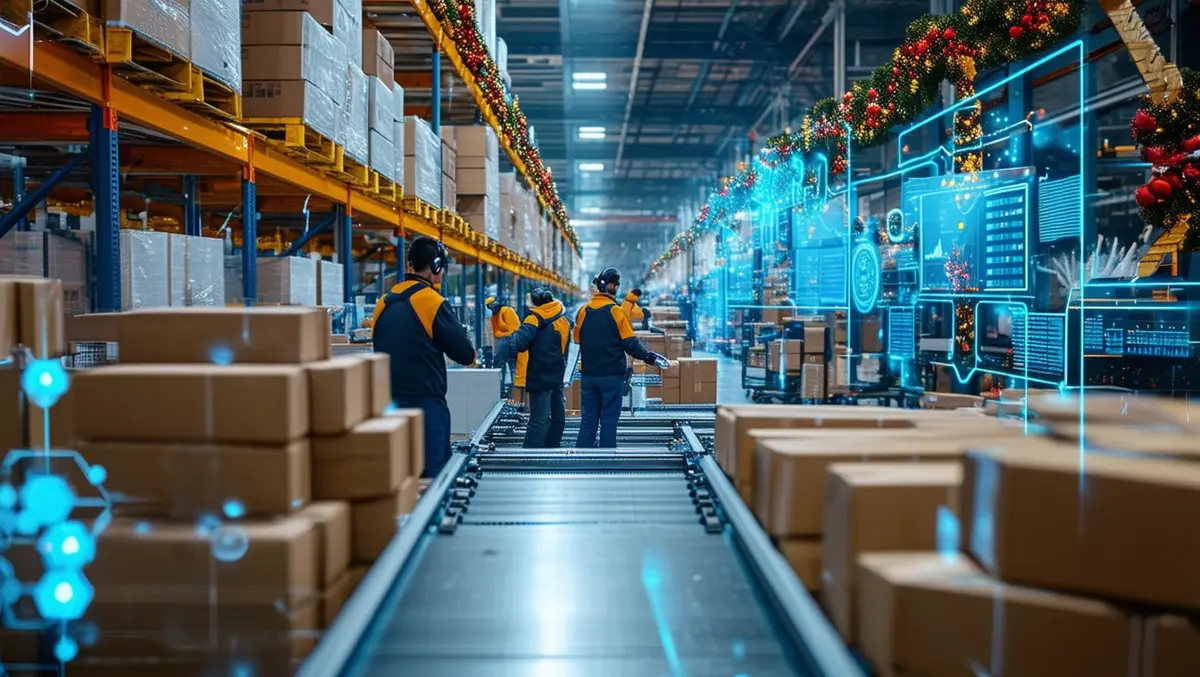
Scream if you want to go faster; 5 ways retailers can improve order fulfillment during peak season
Stubborn inflation, high interest rates and reduced consumer spending means challenging times for retailers in Australia. This makes it more critical than ever that every order received is processed reliably.
Overselling results in cancelled orders and an undesirable customer experience. In this peak period, it will be critical for retailers to focus both on operational efficiency but also customer experience. Securing the loyalty of cash strapped customers is more important than ever, as is making sure to squeeze every bit or margin out of every order.
1. Prepare inventory
Retailers need to have an accurate understanding of inventory. If retailers are to thrive this holiday season, they must improve inventory data and its visibility. Having the right product in the right place at the right time, and being able to show your customer this availability throughout their buying journey (not just at or after check-out) in real time is crucial.
However, knowing what stock you have and where it is, is a big challenge for retailers. Most rely on data coming from their ERP system, the inventory master, but these systems struggle to keep inventory continuously updated based on transactions throughout the day. Real time inventory processes hundreds of millions of inventory updates at speed and provides much better inventory data and visibility.
2. Don't track every pick, just the exceptions
For busy store associates, speed matters. If you don't have dedicated pickers, it's crucial to expedite the process as much as possible. Firstly, because you need to get inventory off the sales floor fast, so it's not accidentally sold again(resulting in a cancelled order).
Secondly, it gives associates more time to help store customers. One way to expedite this is to skip the scanning of items (or entry of a pick quantity for each line item) during the pick process. What's more, analysis of short pick data can be gold for fine-tuning your replenishment strategy, analysing demand trends, and can also improve stock accuracy. You might also consider picking during off hours, before the store opens, to give staff more time to complete pick tasks. That way, you can pull inventory quickly, and pack it later.
3. Have dedicated packers
In a store, picking is best done by staff that work on the sales floor. Why? Because they have intimate knowledge of your products (which reduces picking errors) and where to find them (which reduces travel time, especially if a product is displayed in multiple locations). But packing is different. Packers need to be trained in how to package products at speed, and how to reduce the likelihood of damage during shipment. But because they don't require detailed product knowledge or sales skills, you can often use cheaper resources for this process. And a dedicated packer will be able to get orders ready for shipment or collection much faster than a staff member who is switching between the backroom and the sales floor.
4. Enable staff to pick by location
In a large warehouse pick tasks are optimised to reduce travel time. So, if you're picking large volumes of orders, it may make sense to apply this same efficiency to your stores. There are two ways to achieve this:
• Automated Location Picks
With this method, line items from different orders are grouped together. A single pick task may include just one item, or multiple items from a single area of your store. And pick tasks can be split across multiple team members - for example, according to their department. In addition, for larger picks, pick-run optimization can be used to sort the pick list so it guides the picker from one location to another using the most efficient path through the store.
• Manual Location Picks
For smaller store formats, automation may not be necessary. Instead, you could simply display the location of each item on the picklist so store staff can see which items are in the same aisle or section of the store. Whether you automate the grouping of pick tasks or manage them manually, remember, every step saved is time staff can use to help make another sale.
5. Consider dedicated inventory and staff for store fulfillment
If you use traditional store staff to pick and pack ecommerce orders, it's not nearly as efficient as the pick and pack process in a warehouse. For store fulfillment to make sense, the benefits of faster and/or cheaper delivery have to outweigh this added labour cost. Which they often do. But some retailers, in a quest for better margins, now use a blended approach. They've selected some stores to act as fulfillment 'hubs'. These hub stores have dedicated space and inventory in the backroom for online order fulfillment. They also have dedicated staff. This lets them achieve almost warehouse-like pick and pack efficiency yet reap the benefits of shipping from a location closer to the customer for faster delivery and/or reduced delivery costs. In addition, they still retain the flexibility of being able to use store inventory to fill online orders, if needed.
With time running out ahead of this year's Black Friday shopping bonanza, retailers that have taken the time to prepare and train their staff will be best placed to take advantage of this all-important period in the retail calendar.

